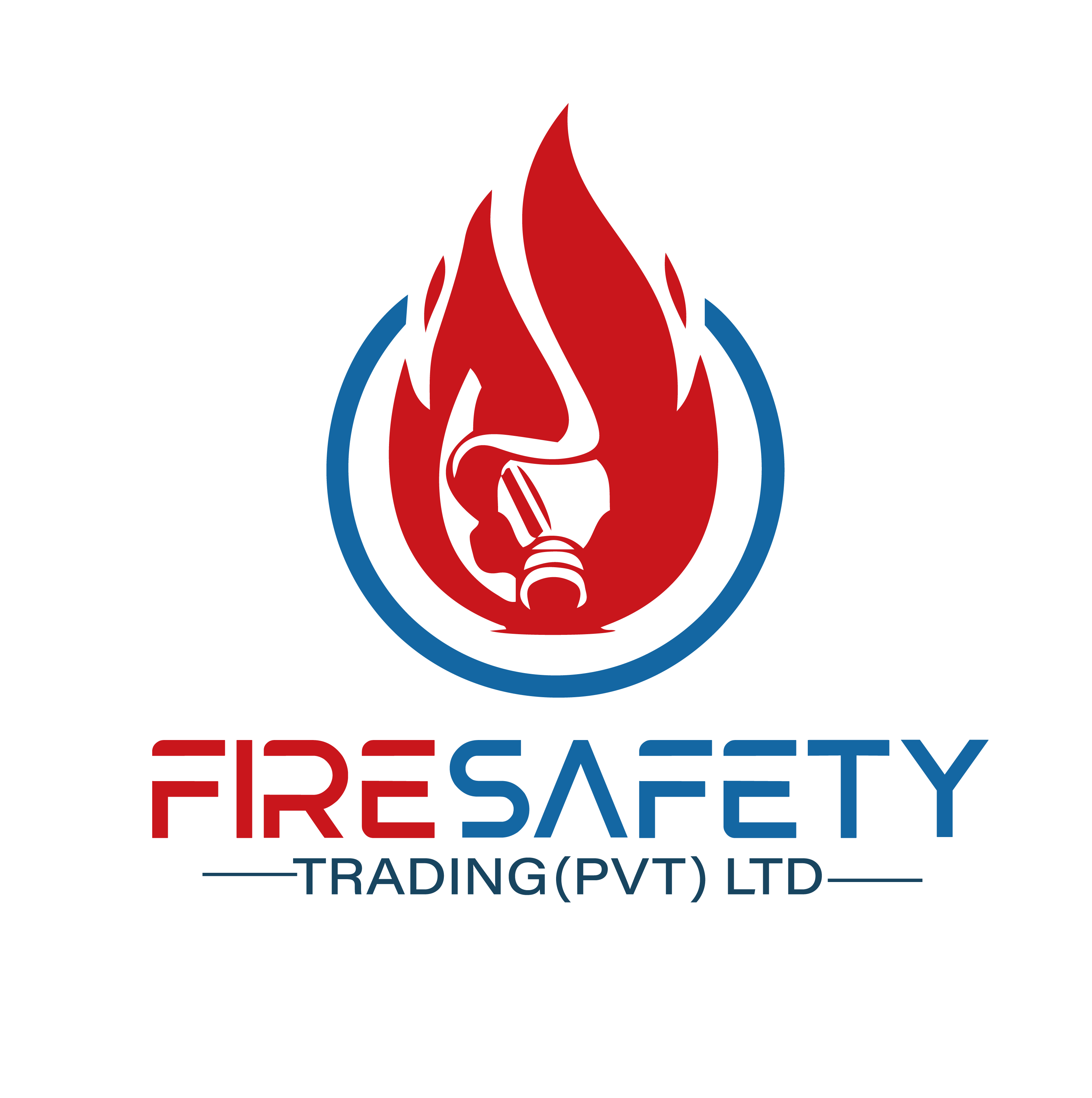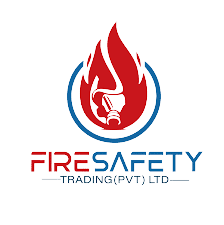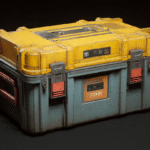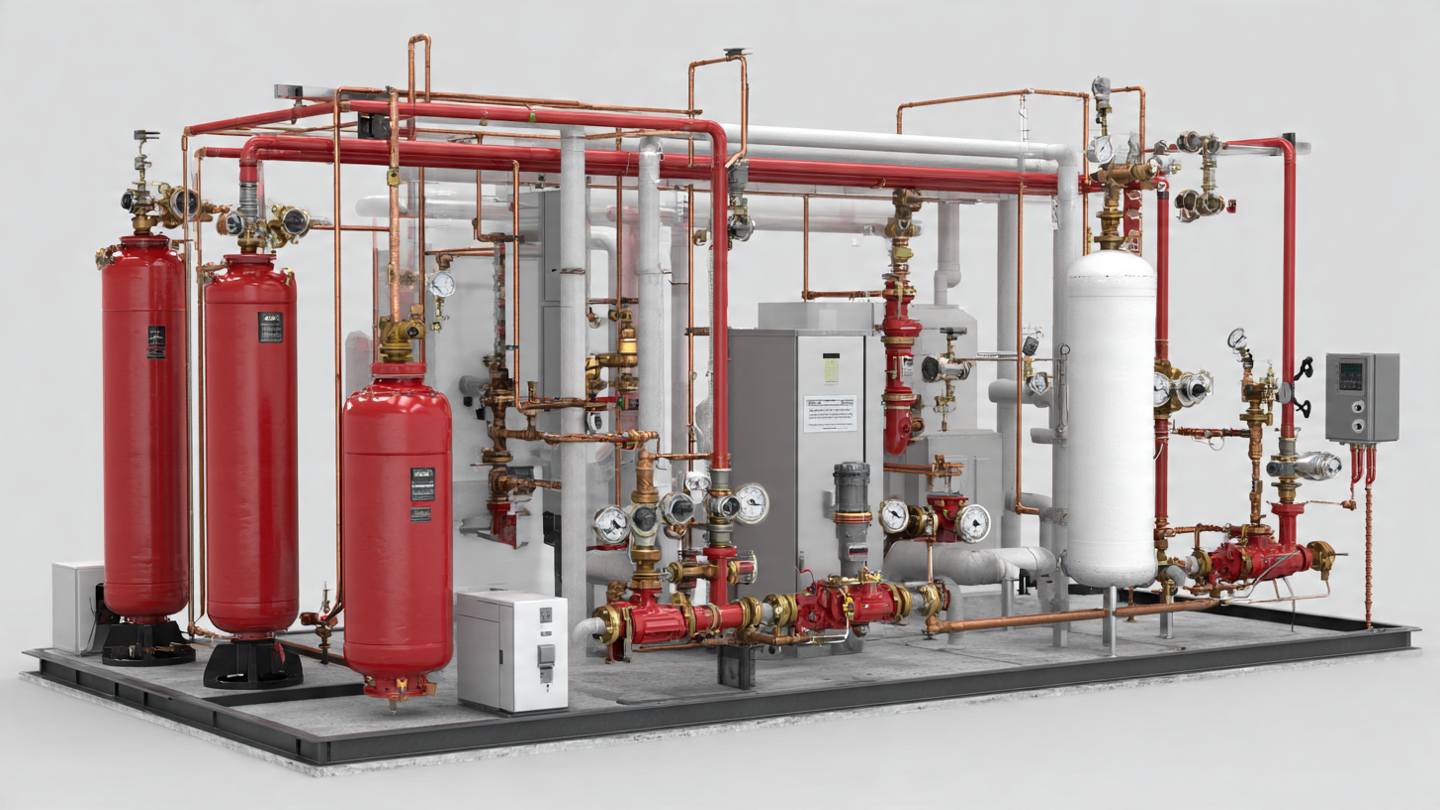FM-200 fire suppression system is one of the most widely used clean agent fire extinguishing systems in the world. It is also known as HFC-227ea and is designed to quickly and safely extinguish fires without causing damage to equipment or leaving behind any residue. FM-200 systems are fully compliant with NFPA 2001 Clean Agent Fire Extinguishing Systems Standard and are trusted worldwide for protecting data centers, control rooms, telecommunication facilities, and industrial spaces.
What is FM-200 Clean Agent?
FM-200 is a colorless, odorless, and electrically non-conductive gas used as a fire suppressant. It belongs to the family of Hydrofluorocarbons (HFCs) and is stored as a liquefied gas pressurized with nitrogen. When released, it immediately discharges as a gas to suppress fire.
Unlike traditional fire extinguishing methods, FM-200 does not leave any residue, making it perfectly safe for sensitive equipment such as servers, electronics, and machinery. This is why FM-200 fire suppression systems are considered one of the most reliable clean agent fire protection solutions in Pakistan and worldwide.
How Does FM-200 Work?
Fire can only exist when three elements combine – heat, fuel, and oxygen (fire triangle). FM-200 extinguishes fire by absorbing the heat and disrupting the chemical reaction of the fire triangle.
When a fire occurs, FM-200 is discharged into the protected area and reaches the correct concentration within 10 seconds or less. This rapid action prevents fire from spreading, minimizes property damage, and increases safety for occupants.
Advantages of FM-200 Fire Suppression System
-
Safe for People – FM-200 is non-toxic at design concentrations and can be used in fully occupied spaces without risk.
-
No Residue – It leaves no water, powder, or chemicals behind. This means no damage to equipment and no clean-up required after discharge.
-
Fast Action – Extinguishes fires within seconds, limiting downtime and damage.
-
Cost-Effective – Requires smaller or fewer cylinders compared to some other clean agents like Novec 1230.
-
Trusted Standard – Widely used across industries and approved by global standards such as NFPA.
Disadvantages of FM-200
-
Environmental Impact: FM-200 has a higher Global Warming Potential (GWP) compared to some newer clean agents.
-
Not as Eco-Friendly as Novec 1230: While it is safe for people, it still uses HFC gases which contribute to global warming.
What is the Chemical Name of FM-200?
The chemical name for FM-200 is 1,1,1,2,3,3,3-Heptafluoropropane. It is also commonly referred to as HFC-227ea. It is a compressed liquefied gas manufactured under the trademark FM-200 by Chemours.
Is FM-200 Gas Dangerous?
FM-200 is considered safe and low in toxicity when installed and handled according to manufacturer guidelines.
-
Normal Exposure: No harmful effects on skin, eyes, or lungs in designed concentrations.
-
Liquid Contact: If touched in liquid form, it can cause frostbite.
-
High Concentrations: Overexposure may cause dizziness, headaches, or confusion, but in properly designed systems, these risks are eliminated.
This makes FM-200 a safe fire suppression system for occupied areas, including offices, data centers, and industrial spaces.
FM-200 vs 3M Novec 1230 Fluid
Both FM-200 and Novec 1230 are clean agents and share many benefits such as:
-
Safe for people in occupied areas
-
No residue after discharge
-
Non-conductive and safe for sensitive electronics
Key Differences:
-
FM-200 (HFC-227ea): Stored as liquefied gas, requires smaller cylinder storage, cost-effective, but has higher GWP.
-
Novec 1230 (Fluoroketone): Stored as liquid and discharged as gas, eco-friendly with very low GWP, but may need more cylinders for the same area, making it slightly more expensive.
Why Choose FM-200 Fire Suppression in Pakistan?
In Pakistan, where fire safety is a growing concern for industries, IT setups, and commercial buildings, FM-200 is one of the most reliable solutions. It provides:
-
Quick response time (10 seconds or less)
-
Safety in occupied rooms
-
No damage to equipment or property
-
Compact storage requirements compared to other agents
For businesses that need a proven and cost-effective fire suppression system in Pakistan, FM-200 is one of the most trusted options.
FM-200 Fire Suppression Systems are among the most effective clean agent solutions available today. They combine speed, safety, and reliability, making them ideal for protecting valuable assets, sensitive equipment, and human lives. While alternatives like Novec 1230 offer eco-friendly advantages, FM-200 remains a popular choice worldwide due to its cost-effectiveness and proven track record.
If you are looking for FM-200 Fire Suppression Systems in Pakistan, always ensure you purchase from a certified and experienced supplier to guarantee performance and compliance with international fire safety standards.
Frequently Asked Questions (FAQs) about FM-200 Fire Suppression
Q1. What is FM-200 used for?
FM-200 is used in fire suppression systems to protect areas with sensitive equipment such as data centers, telecom facilities, control rooms, power plants, and industrial facilities. It is especially useful where water-based systems would cause damage.
Q2. Is FM-200 safe for humans?
Yes, FM-200 is safe to use in occupied spaces when installed according to NFPA standards. It is non-toxic at design concentrations and does not reduce oxygen levels in the room.
Q3. Does FM-200 damage electronics?
No, FM-200 is non-conductive and leaves no residue, making it completely safe for sensitive electronics, servers, and machinery. This is why it is commonly used in IT rooms and data centers.
Q4. How does FM-200 extinguish fire?
FM-200 works by absorbing heat and interrupting the fire’s chemical reaction (fire triangle). It extinguishes fires in 10 seconds or less, preventing fire spread and property damage.
Q5. How long does FM-200 last in cylinders?
FM-200 fire suppression cylinders can last up to 10–15 years if stored and maintained properly. Regular inspection and pressure checks are recommended to ensure reliability.
Q6. What is the chemical name of FM-200?
The chemical name of FM-200 is 1,1,1,2,3,3,3-Heptafluoropropane, also known as HFC-227ea. It is a clean, colorless, and odorless gas.
Q7. What is the difference between FM-200 and Novec 1230?
FM-200 is cost-effective, requires fewer cylinders, but has a higher Global Warming Potential (GWP). Novec 1230 is more eco-friendly, but slightly more expensive and requires larger storage space. Both are safe for humans and equipment.
Q8. Is FM-200 environmentally friendly?
FM-200 does not harm the ozone layer, but it has a higher GWP compared to Novec 1230. While it is not the most eco-friendly option, it remains one of the most cost-effective and reliable clean agents available.
Q9. How quickly does FM-200 suppress fire?
FM-200 achieves fire suppression concentrations within 10 seconds or less, making it one of the fastest clean agent systems available.
Q10. Can FM-200 replace Halon systems?
Yes, FM-200 is a popular replacement for banned Halon fire suppression systems. It provides similar effectiveness without ozone-depleting chemicals.





